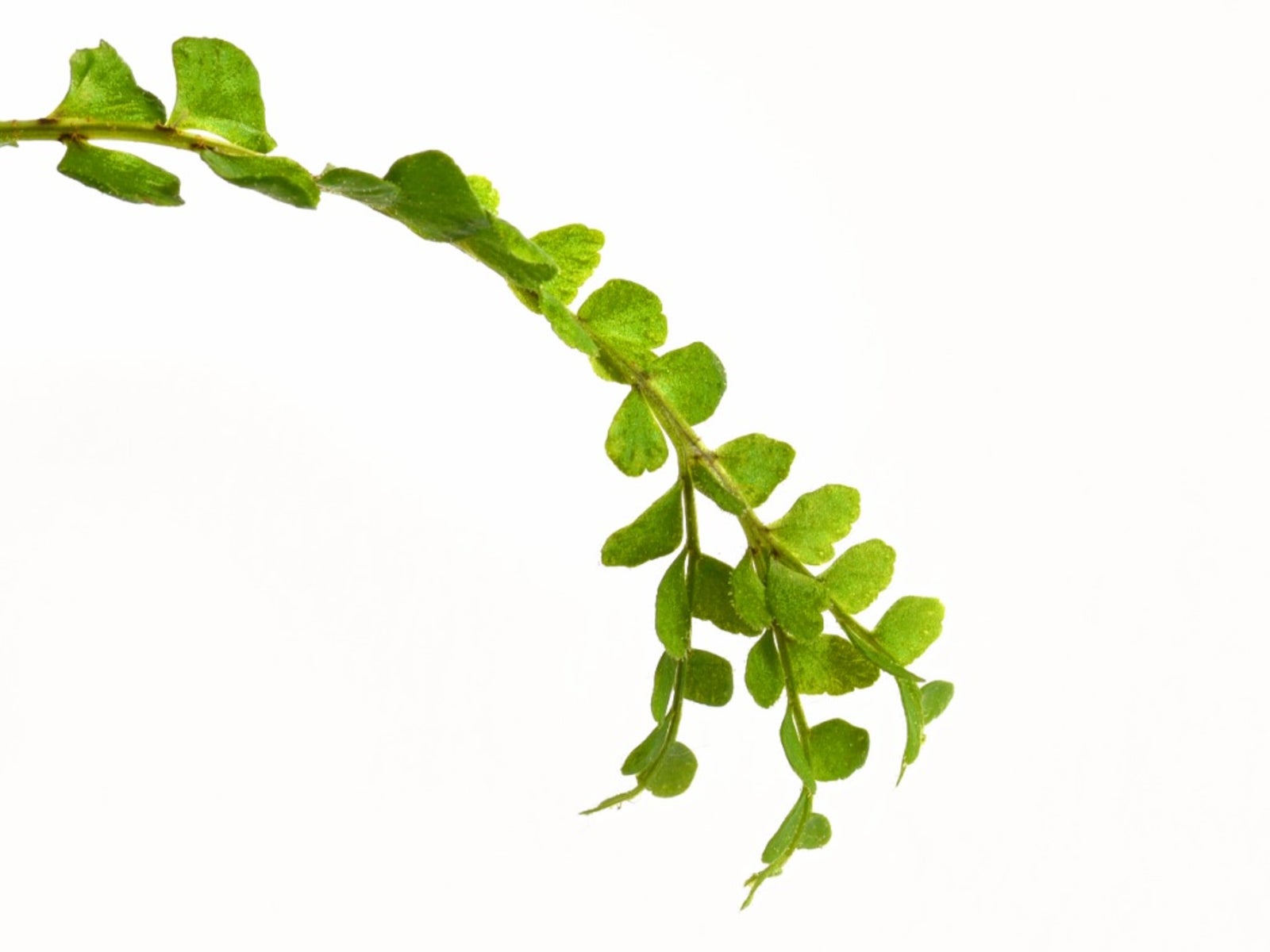Lemon Button Fern Care – Tips For Growing Lemon Button Ferns


Highly regarded for their use in shaded landscapes and flower beds, ferns are a welcome garden addition for those wishing to add dramatic height and texture to plantings. With an extensive range of varieties from which to choose, creating a visually interesting landscape using ferns may prove to be quite the difficult task for growers. One variety specifically, ‘Lemon Button’ fern, is a great choice for containers, for use as houseplants, and planted in small shaded spaces in suitable regions.
What is a Lemon Button Fern?
Lemon button fern plants (Nephrolepis cordifolia "Duffii" or "Lemon Buttons") are a small variety of Boston fern. Usually growing no larger than 1 foot (31 cm.) tall, these ferns are excellent additions to arranged outdoor container plantings, as well as great for use indoors as a houseplant. Requiring a shady location with filtered light, growing lemon button ferns outdoors in the ground will require a frost-free growing zone. However, once established, ferns which receive optimal growing conditions are known to multiply. Before planting, always make certain to check with local agricultural officials, as many varieties of fern may become invasive. Proper research before planting will ensure that other native plant species are not disturbed or displaced and continue to thrive.
Growing Lemon Button Ferns
Due to the nature of these plants, it is best to start with transplants, as seeds may not always grow true to type. While it may be possible to find these plants at local garden centers and plant nurseries, it is readily available online. When ordering plants online, always order from reputable sources as to ensure the arrival of high-quality and disease-free transplants. Next, select a location or container suitable for transplant. Ferns require consistent moisture and indirect sunlight in order for optimal growing conditions to be met. Dig a hole or fill a container in/with well-draining soil. Carefully fill soil around the plant and then water thoroughly. Due to their tropical nature, plants will appreciate additional humidity when grown indoors. Harsh winter conditions can be especially stressful for these plants when grown indoors. While many houseplant enthusiasts choose to use a humidifier, others may place containers on top of plant trays filled with pebbles. Water is then added just below the level of the pebbles. Avoid allowing the planter to come into contact with the growing container as this may encourage fungal growth.
Sign up for the Gardening Know How newsletter today and receive a free copy of our e-book "How to Grow Delicious Tomatoes".

Tonya Barnett has been gardening for 13 years. Flowers are her passion. She has transformed her backyard into a cut flower garden, which she regularly chronicles on her YouTube channel http://www.youtube.com/@tonyawiththeflowers.